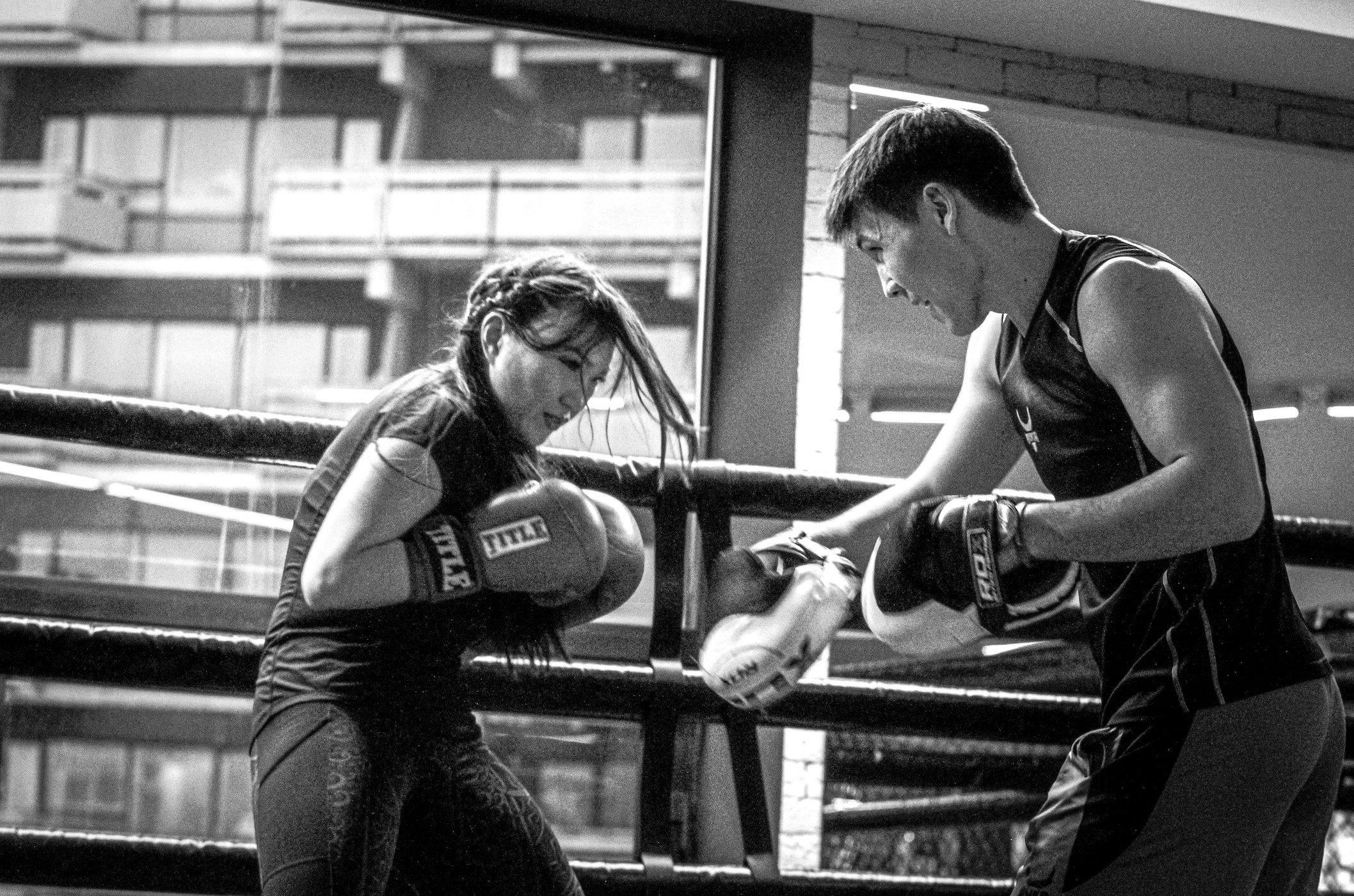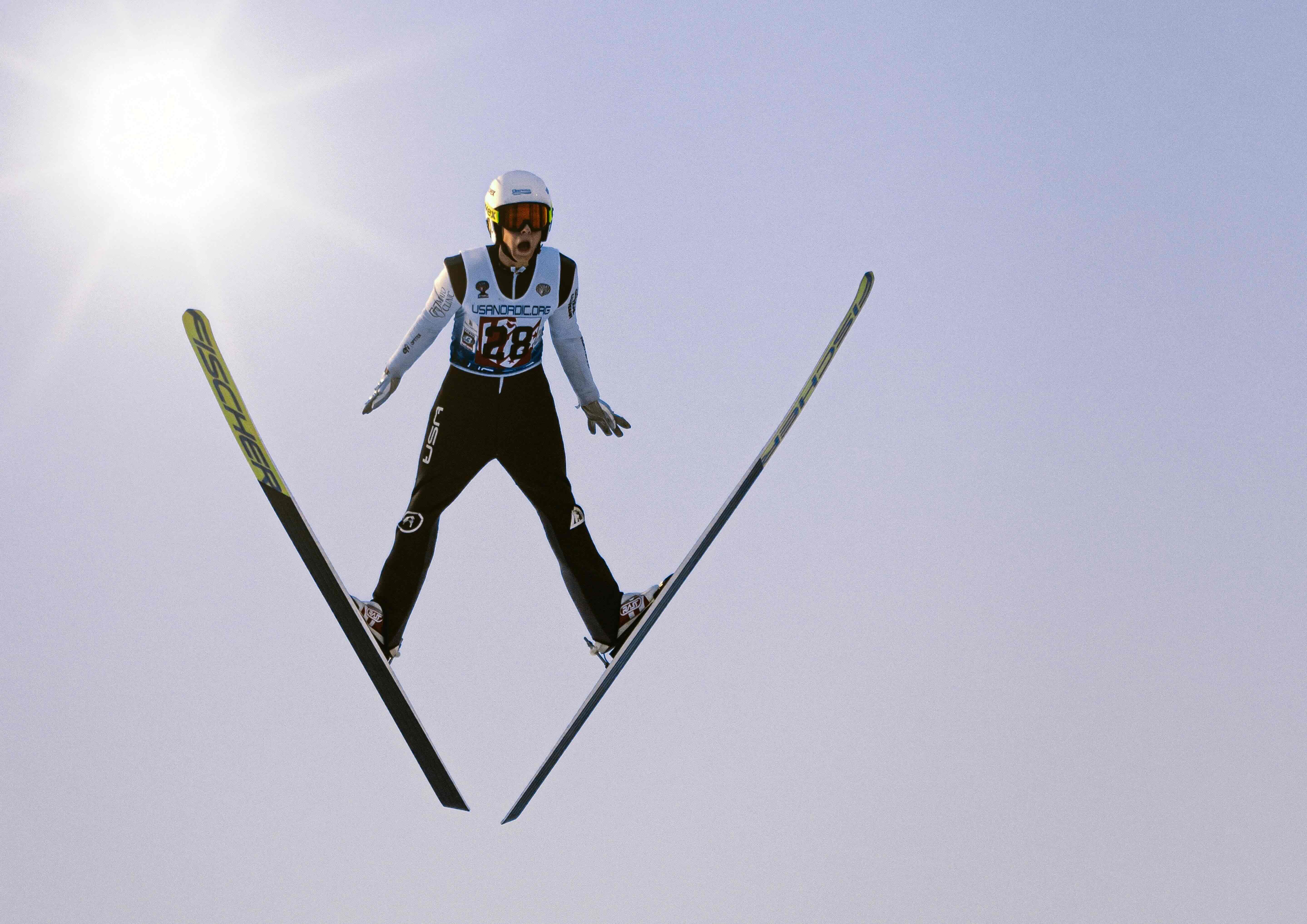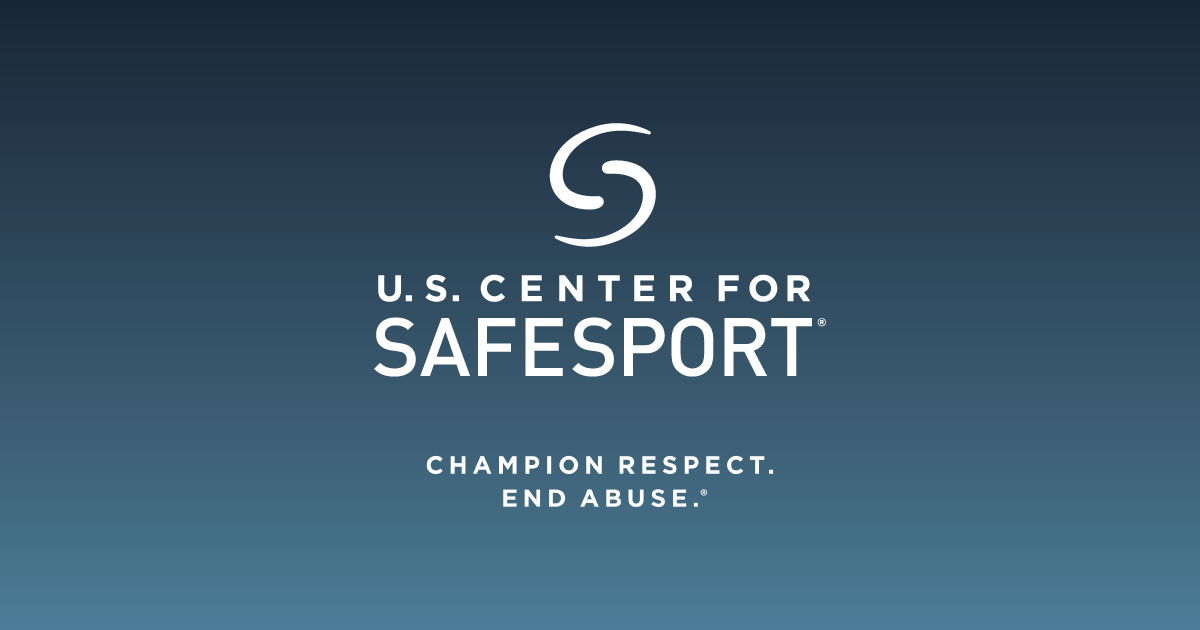
Author, Dr. Yetsa A Tuakli-Wosornu from the Sports Equity Lab has partnered with #WeRideTogether to collaborate and create this athlete-centered IOC Consensus Dissemination Project, which unpacks and elaborates on critical points from the IOC Consensus. The Dissemination Project will provide a 10-part series that highlights key takeaways from the IOC Consensus with visuals, activities, and social content that can be tangibly applied and integrated into sporting communities. This series aligns with the values and mission of both the Sports Equity Lab and #WeRideTogether to promote awareness on the topic of abuse in sports, eliminate inequities in sport, and provide everyone with accessible information on positive values and best practices to keep sports safe and healthy.
How do I know if I am experiencing or observing psychological abuse?
If you, as an athlete or parent, are worried that you may be experiencing or observing psychological/emotional abuse in your sporting environment, trust your gut. You may be asking yourself, ‘Is this normal?’ You may be feeling terrible after practices or games, or not want to go anymore. You may be thinking that you have to put up with terrible and harmful behavior in fear of losing your spot, playing time, or that it's ‘just part of the process,’ or ‘just how it is’ in sports. You may wonder if you are being ‘too sensitive,’ or you may be feeling hostile, have symptoms of anxiety and/or depression, or low self-esteem.
As defined in the 2024 IOC Safeguarding Consensus, “‘Psychological violence (abuse) involves the regular and deliberate use of a range of words and non- physical actions used with the purpose to manipulate, hurt, weaken or frighten a person mentally and emotionally; and/or distort, confuse or influence a person’s thoughts and actions within their everyday lives, changing their sense of self and harming their wellbeing.”
-min.png)
In sports, this may look like:
- Verbal acts: name-calling, body-shaming, ridiculing, humiliating, bullying, threatening, discriminating, mocking, spreading rumors, quick oscillation between praise and criticism, promoting disordered eating
- “You’re too fat to do that.”
- “You’re so worthless, why can’t you do anything right?”
- “I was never good enough. I constantly had to improve myself, and it didn't really matter if I won a competition or not, because at the end of the day, I would hear that I had done something else wrong.” — Sophie Jahn’s Story
- “When I won that year, he picked me up and whispered in my ear, ‘This all happened because of me. I don't want you to ever forget that.’” — Shannon’s Story
- Tactics: manipulation, gaslighting, controlling an athlete's social interactions, domination, guilt-tripping, mind games, silent treatment, possessiveness, frightening
- “You’re crazy, you’re imagining things.”
- “C’mon, I’m just joking, you’re making it a big deal.”
- “I didn't speak much at all during this period, to him or anyone else. I was way too intimidated and scared. I was already shy anyway. I’m sure he saw that. Over time, he started to indoctrinate me against other adults… He’d tell me they weren't on my side…” — Shannon’s Story
- Physical acts: ignoring, isolating, segregating, denying coaching and guidance, punching/throwing things around the athlete
- A coach throws equipment in and around the field or pool.
- “He would tell me horrible things about one of the other survivors to prevent us from speaking to each other, and vice versa. So he created toxicity amongst the girls that he was abusing, so we would never catch on.” — Alice’s Story
- Stalking: monitoring, observing, excessively messaging
- A coach sending unsolicited private messages to an athlete on social media.
- “For the first two months I was at school, Coach sent me a postcard every day…the drawer of my desk, full of all of the mail he had sent me. There were lists of all the things he missed about me after I left for college and inappropriate things, like a package of condoms.” — Leah’s Story
Additional Examples:
This article reveals emotional abuse in fencing and exemplifies how institutions and organizations may enable perpetrators to continue their abusive practices. This article depicts emotional abuse in swimming, providing quotes from athletes and the detrimental effects of experiencing such abuse. This article details abuse that occurred in running and highlights how abuse can arise in sports due to the nature of coach-athlete dynamics, the power imbalances at play, and the level of influence coaches have on athletes.
Aspects and Impacts of Psychological Abuse
Remember, types of abuse in sport often overlap and intersect. When psychological or emotional abuse is present, there may also be other types of abuse — such as verbal abuse or discrimination — at play. Current prevalence estimates indicate that psychological violence is the most common form of abuse in sports. Athletes with disabilities, and/or who identify as LGBTQ+, and/or have higher weekly training hours, experience psychological/emotional abuse at higher rates. Psychological/emotional abuse can happen to any athlete, across any sport, at any level of play, and can be perpetrated by a coach, sporting authority figure, organization, or peers. This type of abuse can occur in person and online.
As research and current events demonstrate, experiencing and exposure to psychological/emotional abuse often have detrimental impacts on the athlete, team, and community.. These outcomes can be psychological, behavioral, physical, and related to performance, negatively affecting individual and collective well-being and culture.
Preventing Psychological Abuse in Sports
Thus, it is of utmost importance to support athletes, namely by ensuring coaches are held accountable, have access to compassionate and strength-based coaching education, and are required to follow best practices that prioritize holistic athlete well-being and healthy relationship dynamics.
Furthermore, we can protect our athletes and protect our sports by ensuring that safeguarding policies and effective reporting, response, and resolution systems and procedures are in place. If your organization needs assistance or consultation in developing these safeguards, rely on this Safeguarding Essentials Template Package or reach out to info@weridetogether.today for free support. When codes of conduct that outline acceptable and unacceptable behavioral guidelines are in place and upheld, all participants in sport are better protected.
We can all do our part in eliminating psychological/emotional abuse in sport by serving as safe, active bystanders and looking out for one another and intervening when harmful behavior arises. Being an active bystander does not mean you have to be confrontational, but it does mean that you take a direct or indirect approach to support the affected athlete. This works to disable any passive permission for the harmful behaviors to continue and reinforces healthy behavioral interactions.
The bottom line — all athletes deserve to train, practice, and compete in safe and healthy sporting environments. Experiencing abuse is never your fault, and there are resources that can help. If you or someone you know is experiencing misconduct or abuse in sport, please visit our crisis resources or resources.
Activity: Listen and Learn
The following resources can be helpful for coaches, athletes, and parents to learn more about healthy coaching, athletes' experiences of psychological abuse, and prevention practices.
- Positive Coaching Alliance
- READ: Nothing Heals Like Sport - A Playbook for Coaches - CHJS
- Mary Cain Is Fixing Women's Sports | Rich Roll Podcast
- Way of Champions Podcast: #298 How to End Abusive Coaching: A Discussion with Dr Amy Saltzman, Dr Jennifer Fraser, and Mitch Lyons
- Episode 70. Karelle Edwards- Dealing with Abusive Coaching Relationships
Kathryn McClain, MSW, MBA
Program and Partnerships Director at #WeRideTogether
kmcclain@weridetogether.today



-min.jpg)
